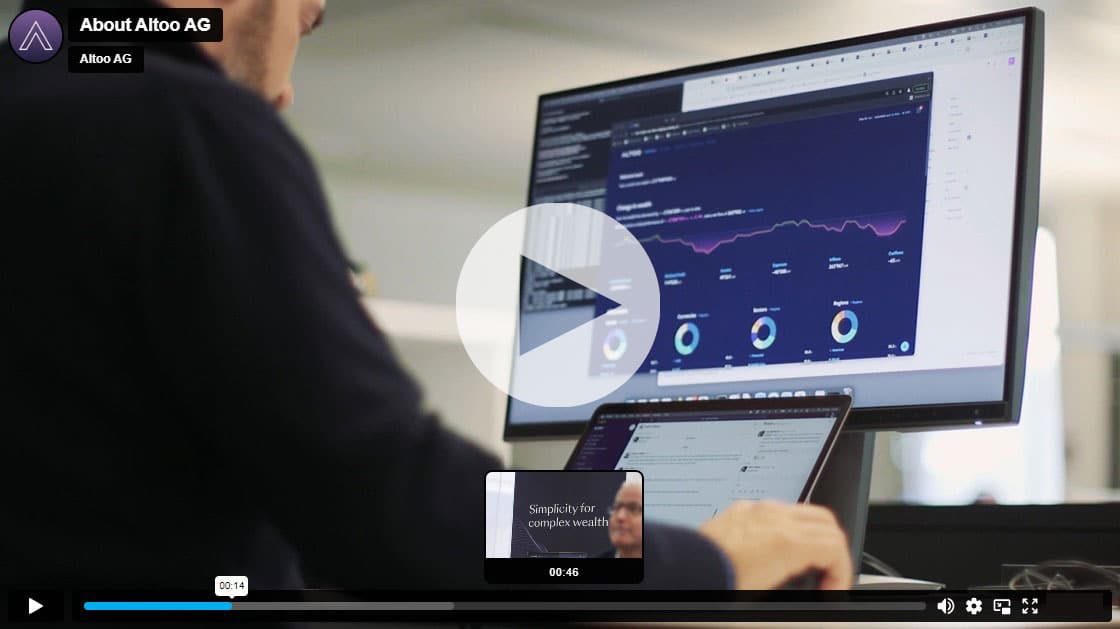The Great Transition is changing the dynamics of banking, with revenues and profits flowing to less capital-intensive business models. These two facts are also pointed out in McKinsey´s Global Annual Banking Review 2023.
Great Transition as a Game Changer
The future dynamics of the Great Transition are critical for the banking sector overall. Evidence of the transition’s profound effect on the sector to date abounds. For example, between 2015 and 2022, more than 70% of the net increase of financial funds ended up off banking balance sheets, held by insurance and pension funds, sovereign wealth funds and public pension funds, private capital, and other alternative investments, as well as retail and institutional investors.
The shift off the balance sheet is a global phenomenon. In the United States, 75% of the net increase in financial funds ended up off banking balance sheets, while the figure in Europe is about 55%. Balance sheets and transactions have increasingly moved out of traditional banks to nontraditional institutions and to parts of the market that are capital-light and often differently regulated. For example, they transitioned to digital payments specialists and private markets, including alternative asset management firms.
Geographic Differences
McKinsey observes that the geographic divergence noted in previous years continues to widen. “Banks grouped along the crescent formed by the Indian Ocean, stretching from Singapore to India, Dubai, and parts of eastern Africa, are home to half of the best-performing banks in the world. In other geographies, many banks buoyed by recent performance are able to invest again. But in Europe and the United States, as well as in China and Russia, banks overall have struggled to generate their cost of capital,” the global banking report says.
Wealth Aggregation: Simple, Dynamic, and Secure Beyond Compare. Discover the Altoo Wealth Platform!
Four global Trends
Looking to the future, financial institutions might be shaped by four global trends. First, the macroeconomic environment has shifted substantially. The interest rates and inflation figures in many parts of the world are higher; the deceleration of Chinese economic growth is possible. Second, technological progress continues to accelerate, and customers are increasingly comfortable with and demanding about technology-driven experiences. Particularly the generative AI will play a more prominent role, notices the report, lifting productivity by 3 to 5% and enabling a reduction in operating expenditures of between USD 200 billion and USD 300 billion. Third, governments are broadening and deepening regulatory scrutiny of nontraditional financial institutions and intermediaries as the macroeconomic system comes under stress and new technologies, players, and risks emerge. Fourth, systemic risk is shifting in nature as rising geopolitical tensions increase volatility and spur restrictions on trade and investment in the real economy.
Five Priorities for the Future
McKinsey´s Global Annual Banking Review 2023 suggests five priorities for financial institutions as they look to reinvent and future-proof themselves.
- Exploit technology and AI to improve productivity, talent management, and the delivery of products and services. This includes applying AI and advanced analytics to deploy process automation, platforms, and ecosystems. Distinctive technology development and deployment will increasingly become a critical differentiator for banks.
- Flex (and even unbundle) the balance sheet. Flexing implies active use of syndication, originate-to-distribute models, third-party balance sheets (for example, as part of banking-as-a-service applications), and a renewed focus on deposits.
- Scale or exit transaction business. Scale in a market or product is a key to success, but it can be multifaceted. Institutions can find a niche in which to go deep, or they can look to cover an entire market.
- Level up distribution to sell to customers and advise them directly and indirectly, including through embedded finance and marketplaces and by offering digital and AI-based advisory.
- Adapt to changing risks. Financial institutions everywhere will need to stay on top of the ever-evolving risk environment. In the macroeconomic context, this includes inflation, an unclear growth outlook, and potential credit challenges in specific sectors such as commercial real estate exposure. Other risks are associated with changing regulatory requirements, cyber and fraud risk and the integration of advanced analytics and AI into the banking system.









